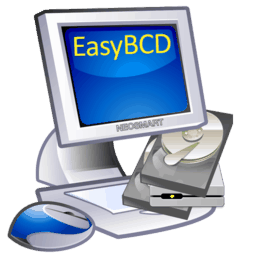Despite all of InstallAware‘s claims of superiority, ease-of-use, and drop-dead simple compatibility and scripting capabilities compared to the competition in the market; it’s driving us crazy.
The biggest problem is the “debugger.” It’s in quotes for a reason. Take the world’s most powerful debugger, and try to debug an application that’s one big, huge “TRY” block – you’ll never get anywhere because you get a pretty error message instead. Except in our case, the message says “error,” and it leaves us to guess just where in the several hundred lines of badly-implemented scripting “MSIcode” the error is.
Even worse, if at all possible, are the breakpoints. By “break” they mean that the installer will “pause” right there – but you can’t really do anything with that pause – you can’t even access the IDE! It’s just like hitting the freeze-frame button on your Cable Box – it’s worthless.
InstallAware has a colorful history from stealing website designs to abusing the freeware communities – and you can always spot their CEO in the comments section claiming “that’s OK” because they have better products anyway. Well, it seems they don’t have even that…

 This just in from the up-all-night department: EasyBCD 1.6 has been completed!
This just in from the up-all-night department: EasyBCD 1.6 has been completed!

 Microsoft has just released the public downloads for
Microsoft has just released the public downloads for